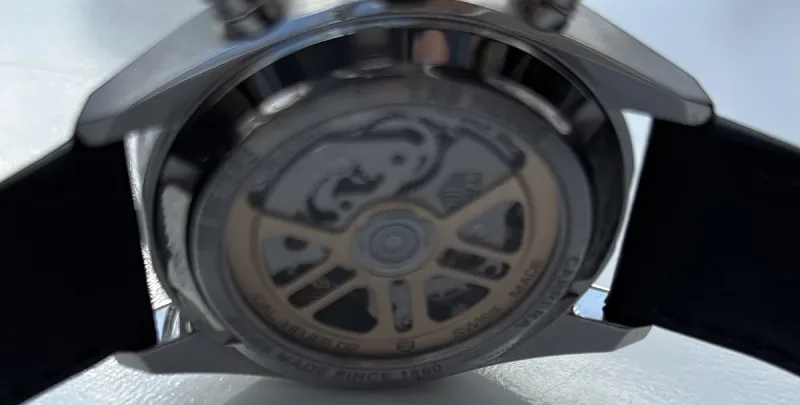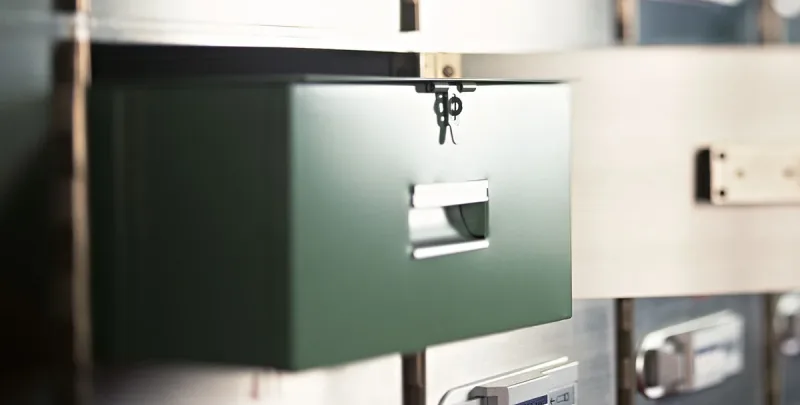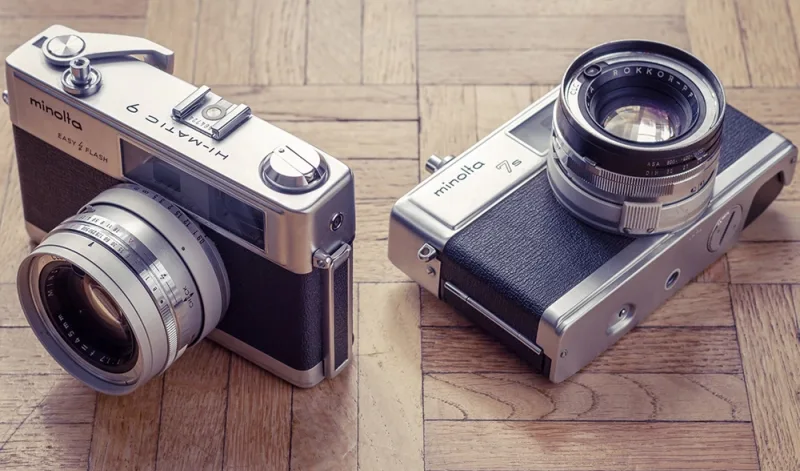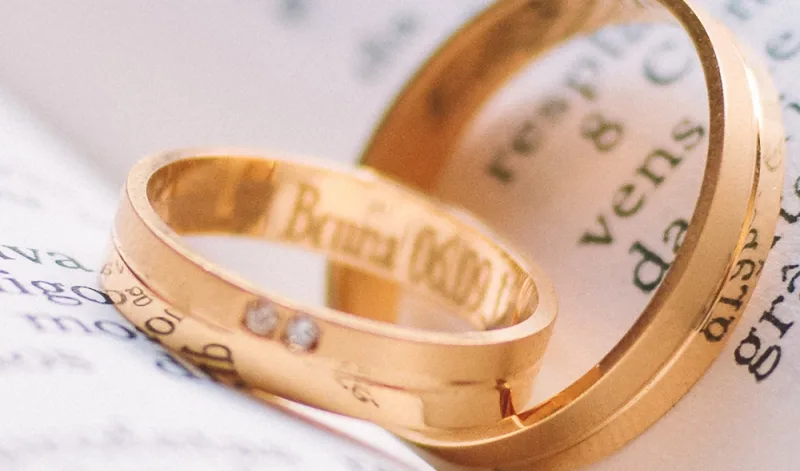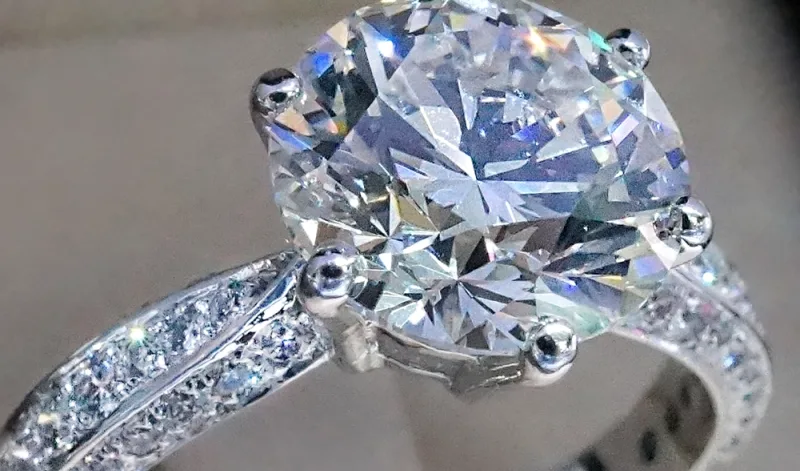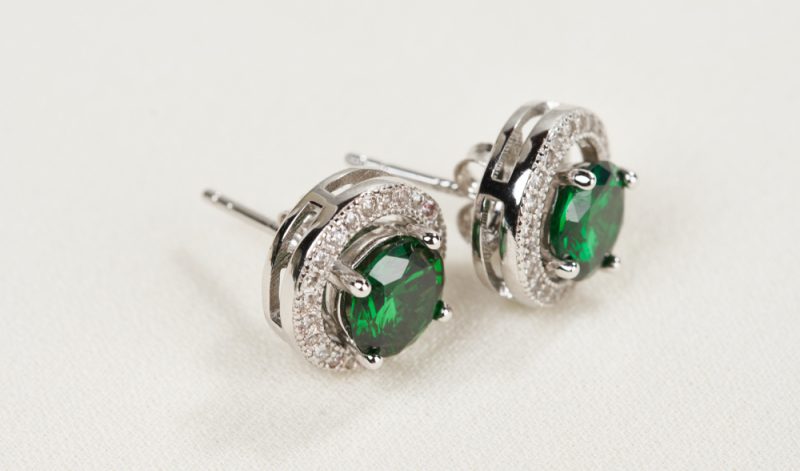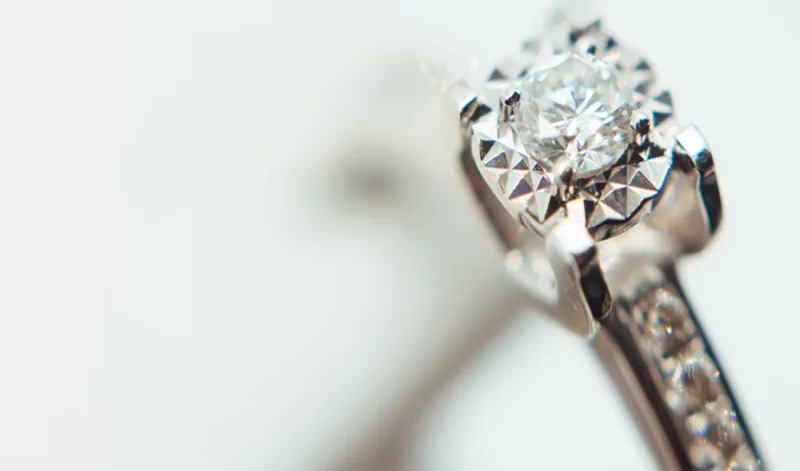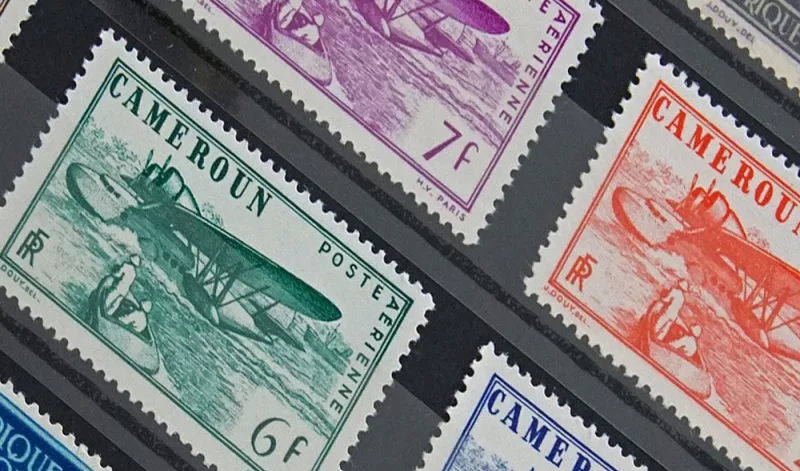Many
watches are designed not only to keep accurate time but with special
features to assist the wearer when taking part in a sport or pastime. In
some cases, these special features are critical to the well-being of
the wearer, none more so in the case of dive watches.
There are good deals of “diver’s watches” that are manufactured with as
much of an eye on fashion as on practical usage. It’s important not to
confuse a standard water resistant watch (which may not have even been
tested individually) with an especially designed watch which will be
“fit for purpose” in this case prolonged periods under water at depth.
Dive watches are especially constructed for use underwater, and as a
minimum will be waterproof to a depth of 10atm (100 meters or 330
feet). There is a margin of error built in to all testing and watches
are tested to 125% of the amount stated; thus a watch with a mark of 100
meters will have been tested up to 125 meters.
To qualify as a true divers watch, the instrument must pass an International Organization for Standardization test (ISO 6425)
ISO 6425 watches will have passed a range of tests that will ensure
that they are safe to use underwater where a divers life may depend on
their ability to function. For mechanical watches what are the important
requirements?
Unidirectional bezel
The
watch must be fitted with a unidirectional bezel (to prevent slippage)
with a minimum of every 5 minutes being marked and a pre select marker
to reference a specific minute marking.
The bezel is used to save the diver having to calculate time elapsed
underwater or having to worry about making mathematical calculations.
The bezel is simply rotated until the O is aligned with the minute hand
at the point of entry into the water.
Face Markings
The minute markings on the face need to be clearly visible and coordinated with the markings on the bezel
Readability
In the dark, the following should be readable at a distance of 25 centimetres
- The time with a clear distinction between the minute and hour hand.
- The set time of the bezel.
- An indication that the watch is running (This is usually achieved by having a running second-hand with a luminous tip or tail).
Magnetic Resistance
This is tested by 3 expositions to a direct current magnetic field of 4,800 A/m. The watch must keep it’s accuracy to ± 30 seconds/day as measured before the test despite the magnetic field.
Shock Resistance
This is tested by applying two shocks to the watch, one at the 9 o’clock side of the watch and one to the crystal (watch glass) The shock is controlled and kept regular by applying it using a specially calibrated piece of equipment (a hard plastic hammer mounted as a pendulum)
Salt Water Resistance
This is fundamentally important, so the watches are kept in a salt water solution for a period of 24 hours at a temperature which must be between 18C – 25C; the solution closely resembles the salinity of actual seawater.
Integrity of Watch Band/Strap
This
is tested by applying a force of 200N to each of the spring bars (or
attachment points) in opposite directions, and there can be no damage to
the attachment points. The watch bracelet is closed during the test.
Further tests are required to ensure the watch has adequate water resistance which include.
If own a diving watch and are an enthusiast, we will be happy to provide you with a watch insurance quotation. Please note, we are unable to cover professional divers.
